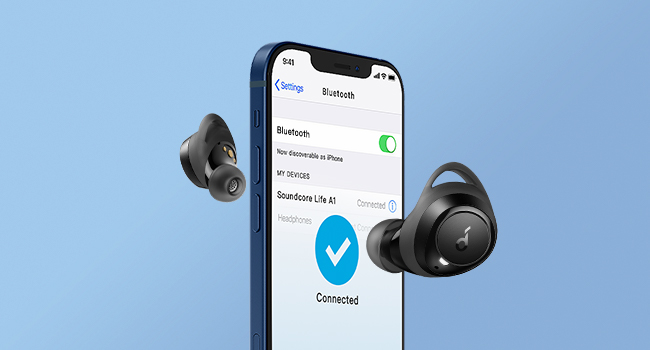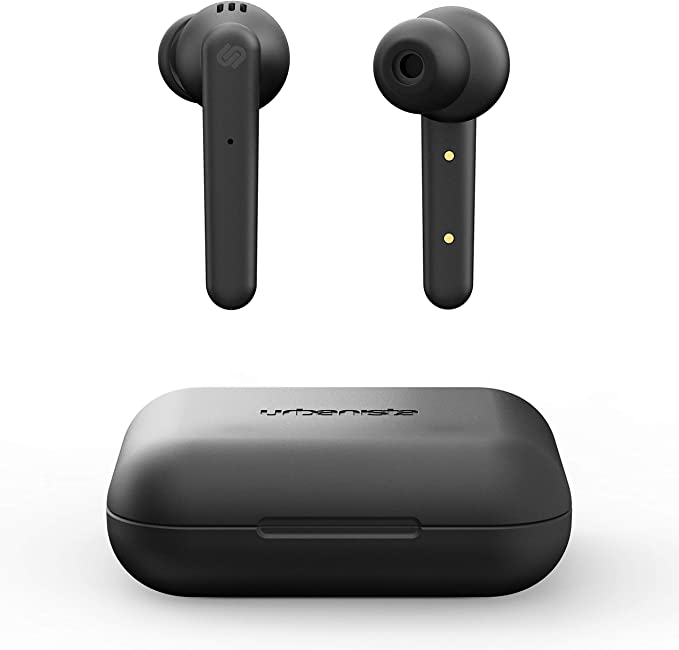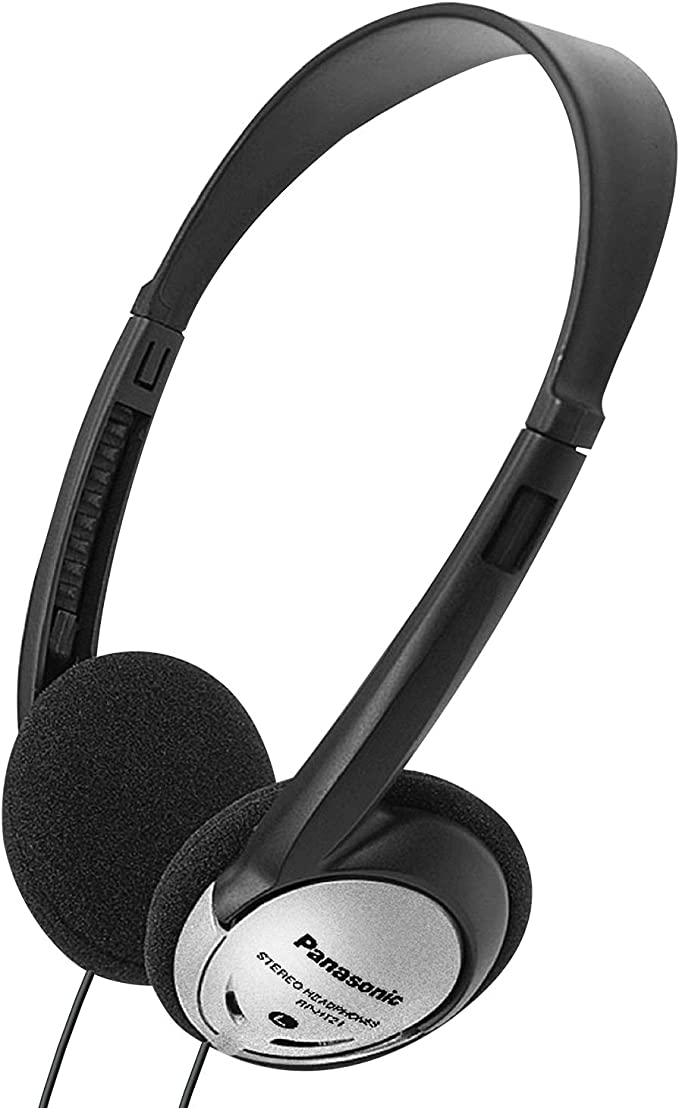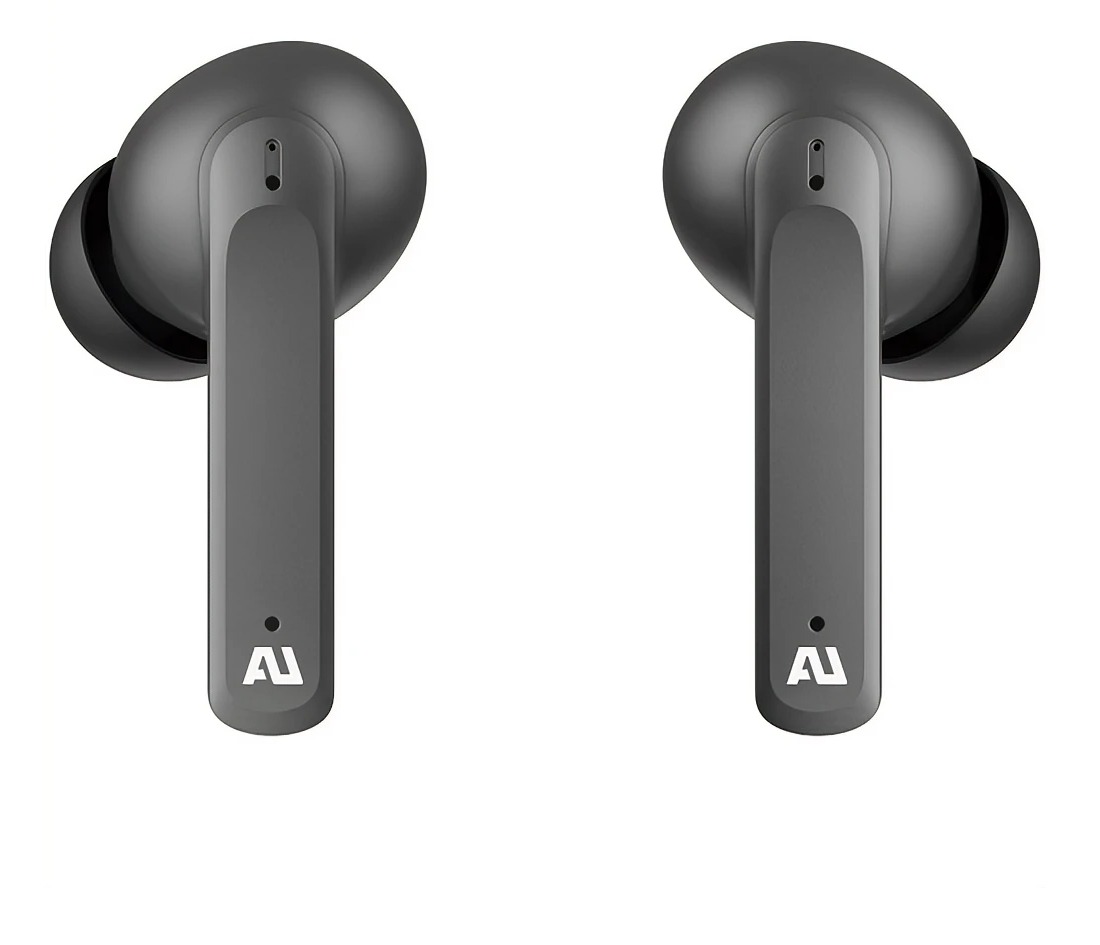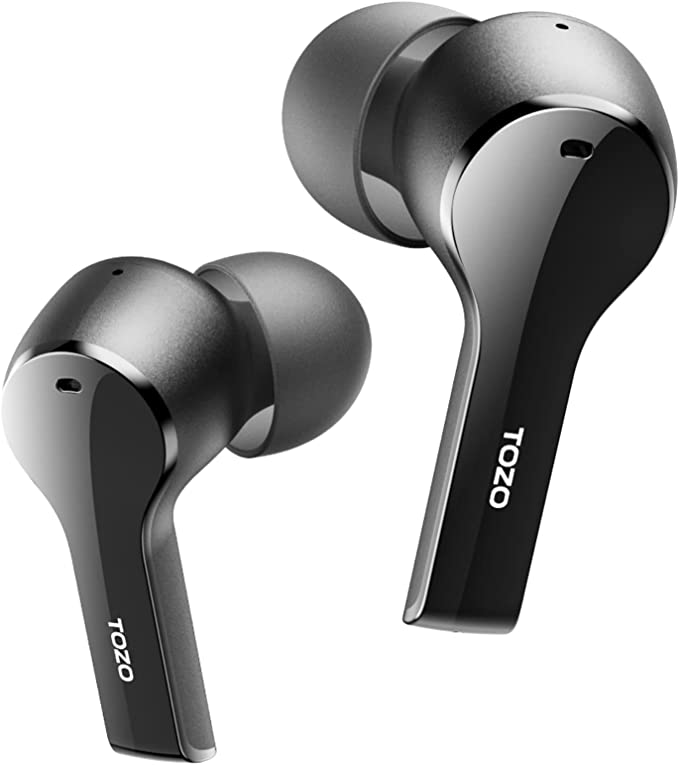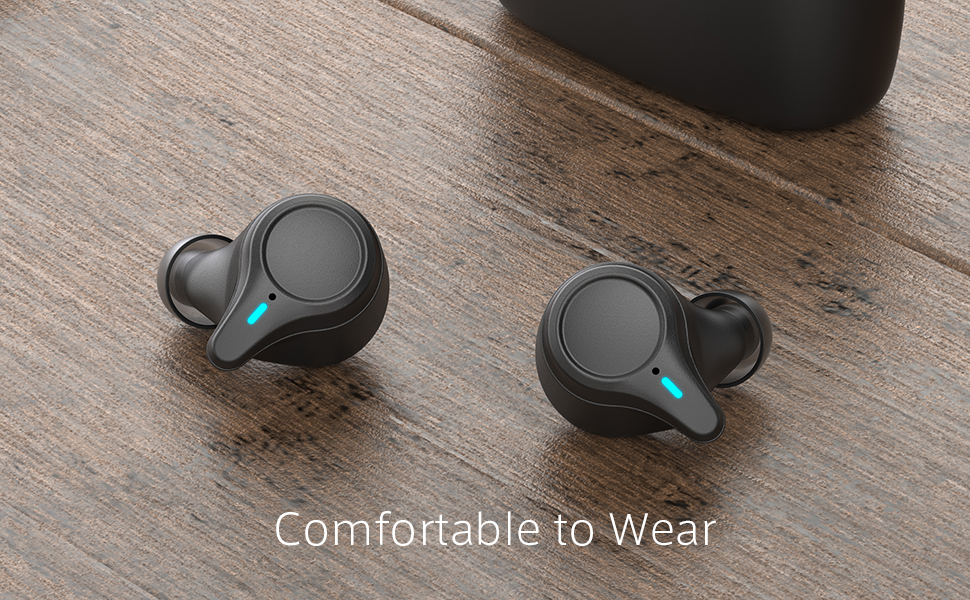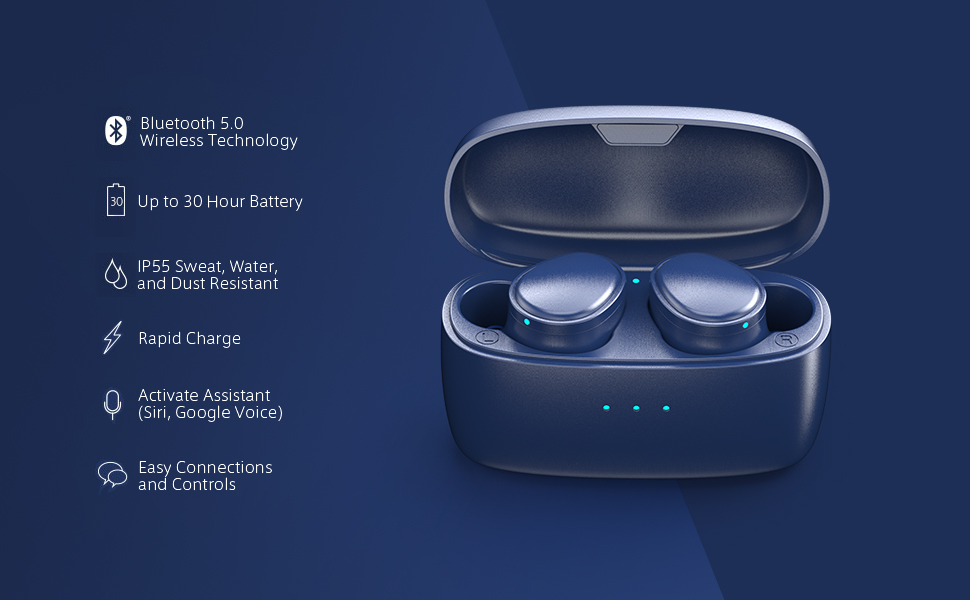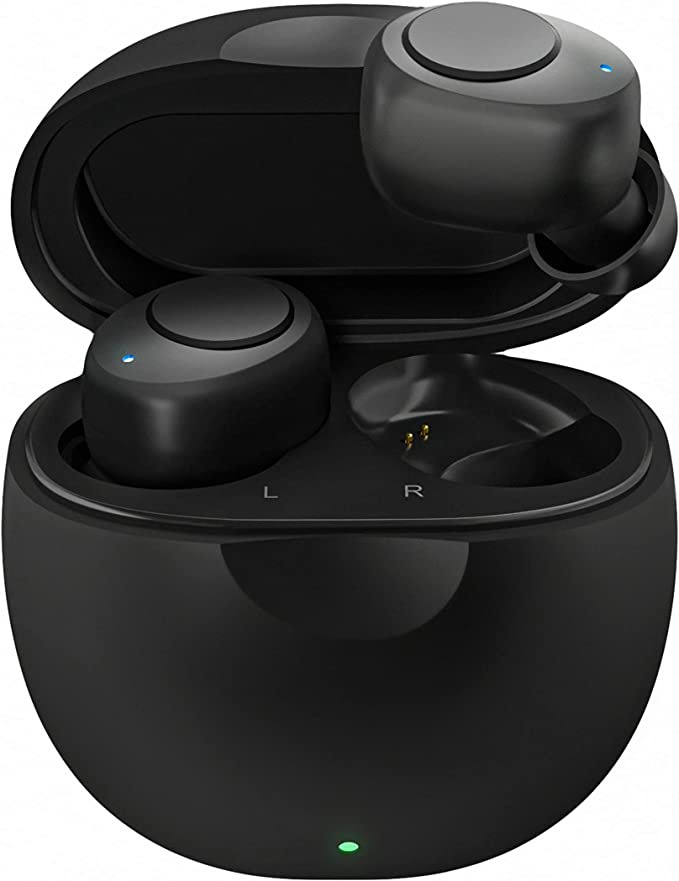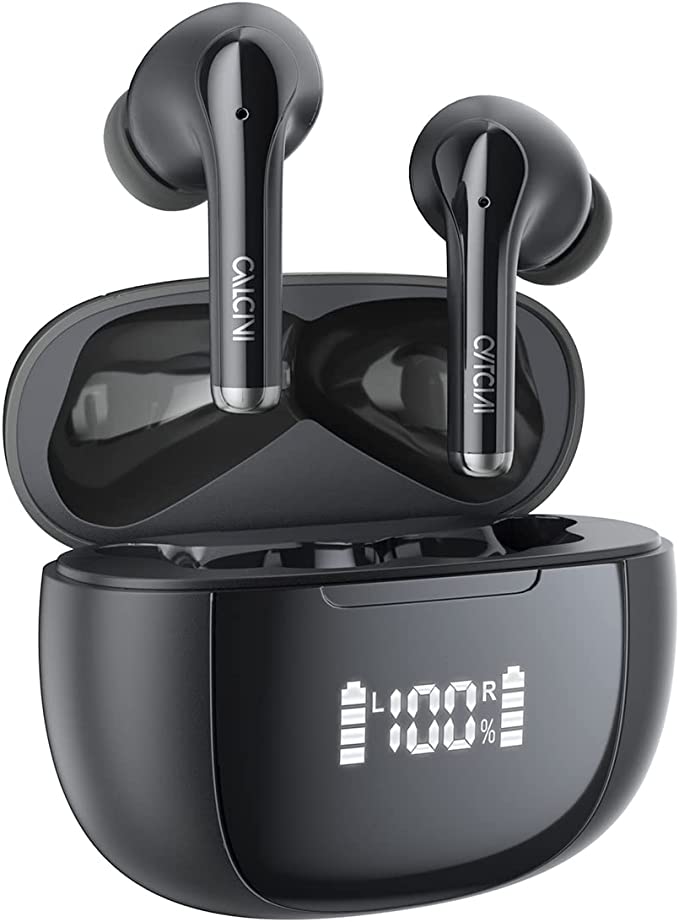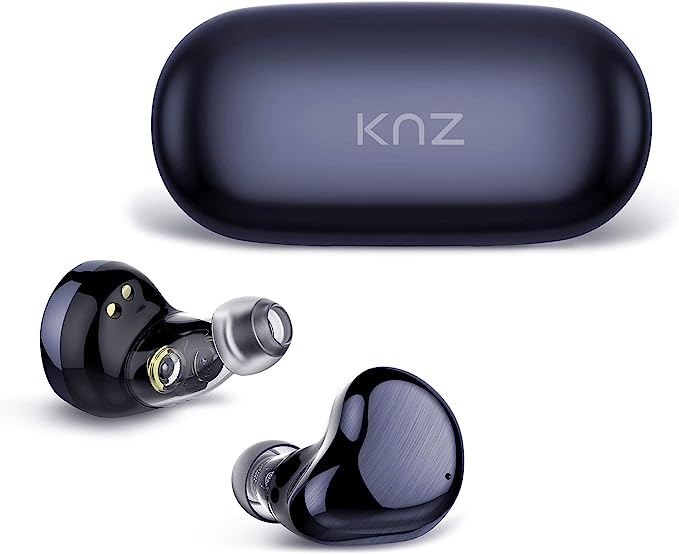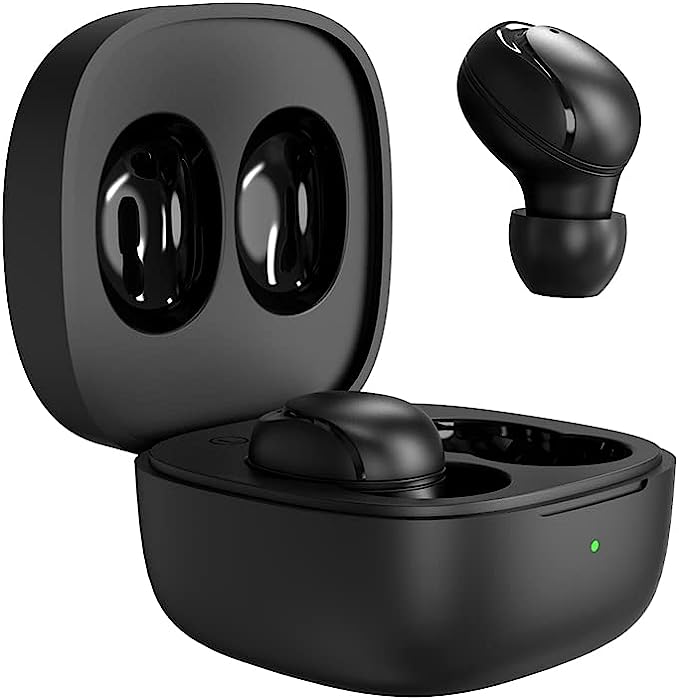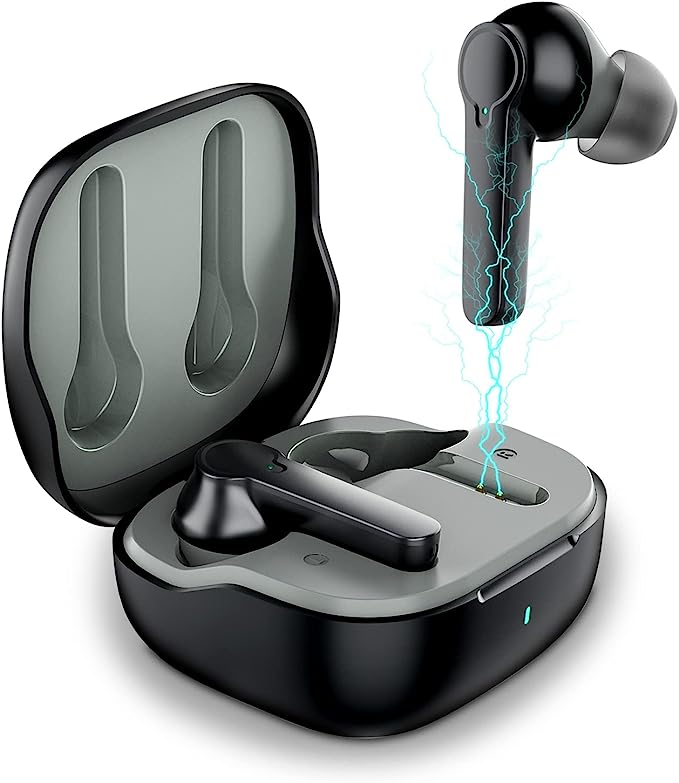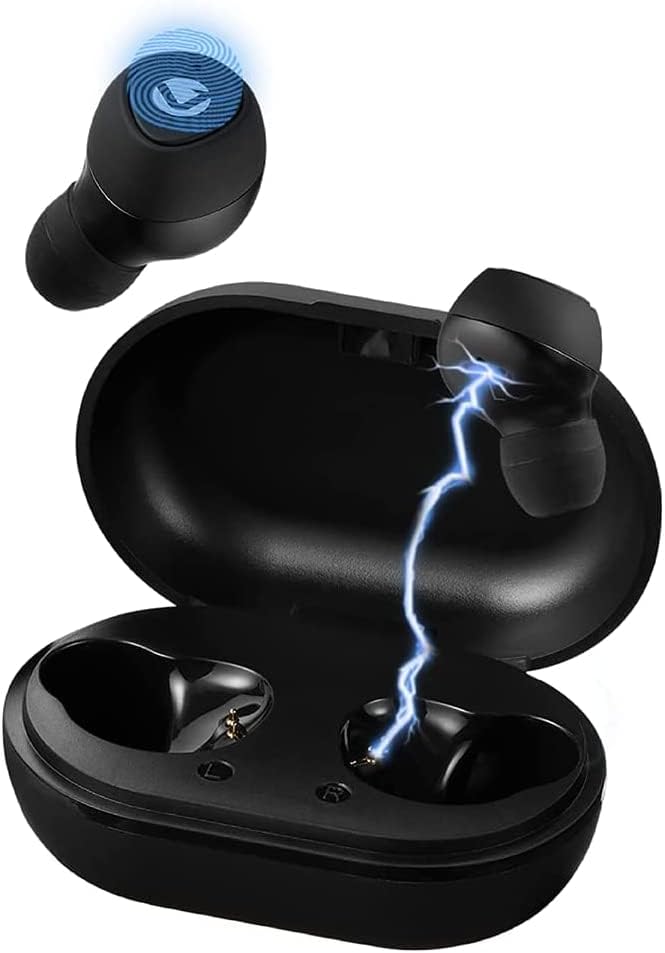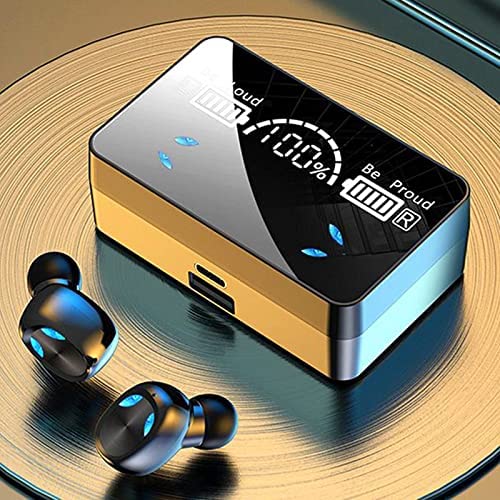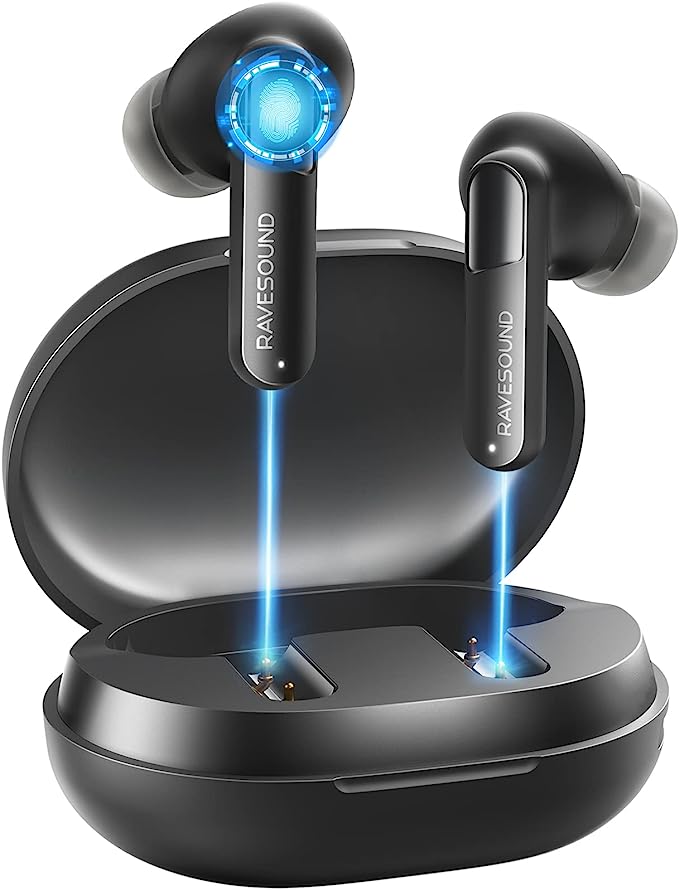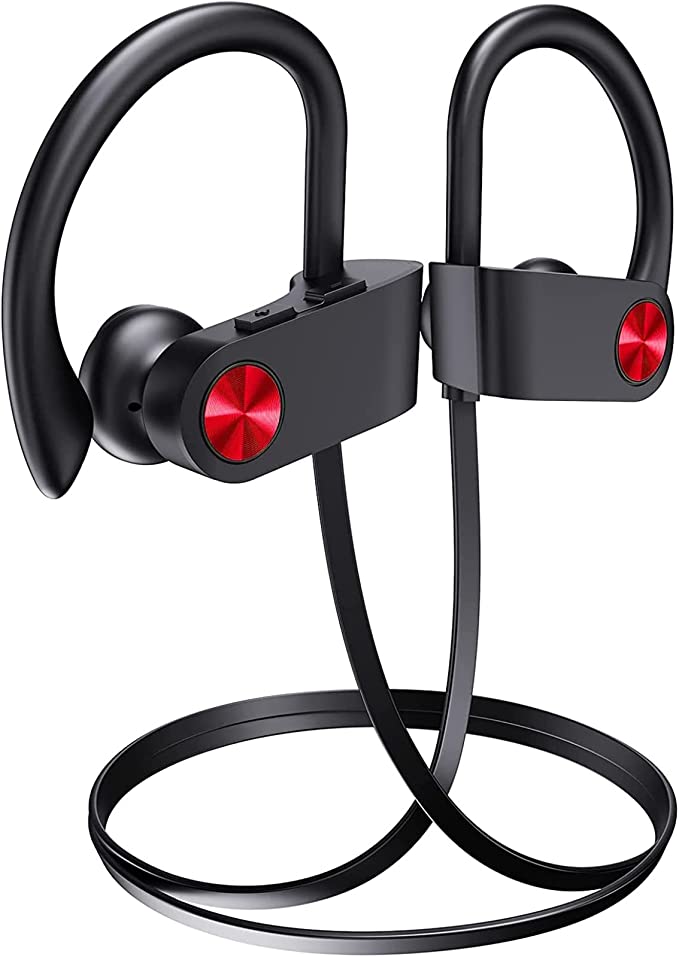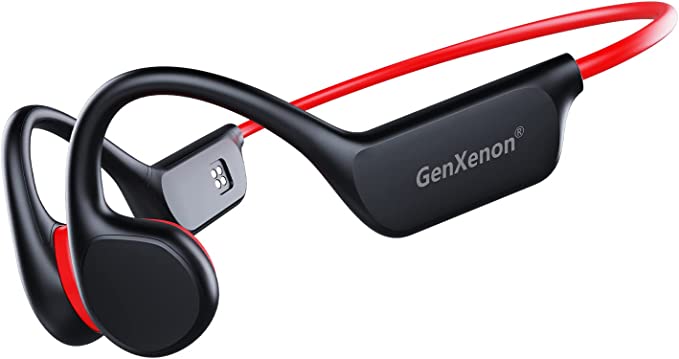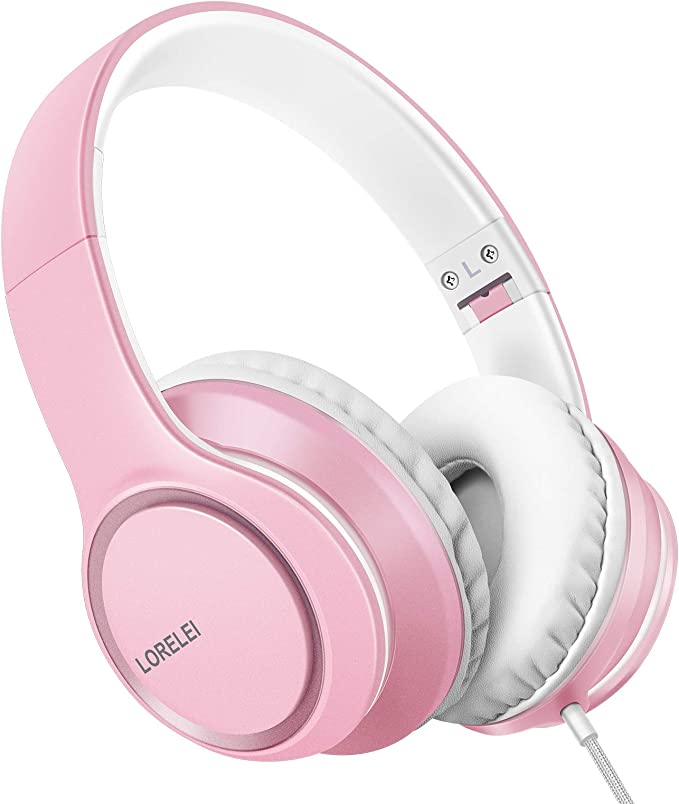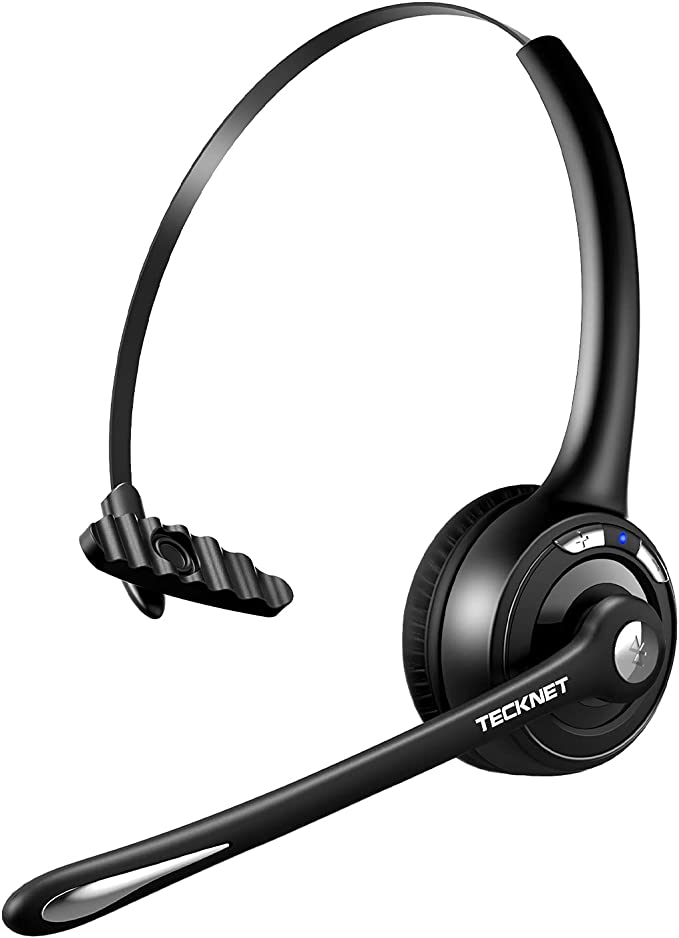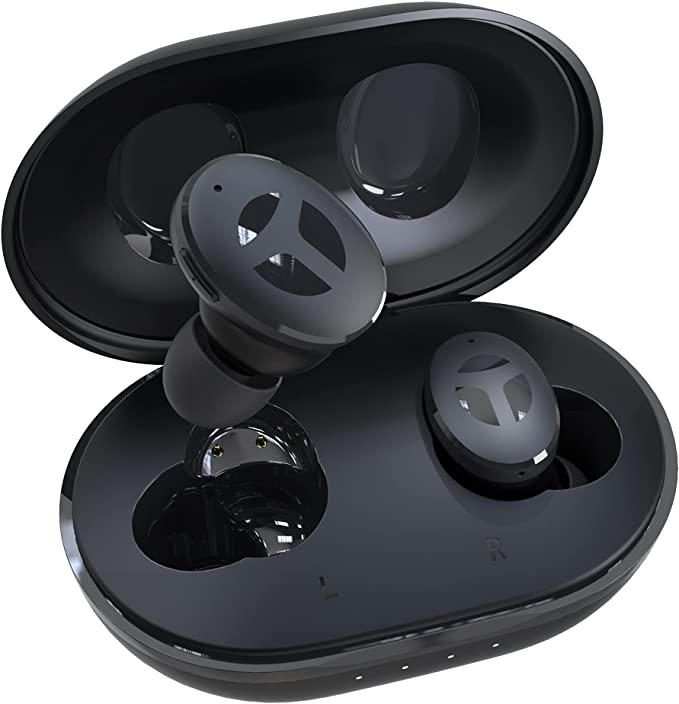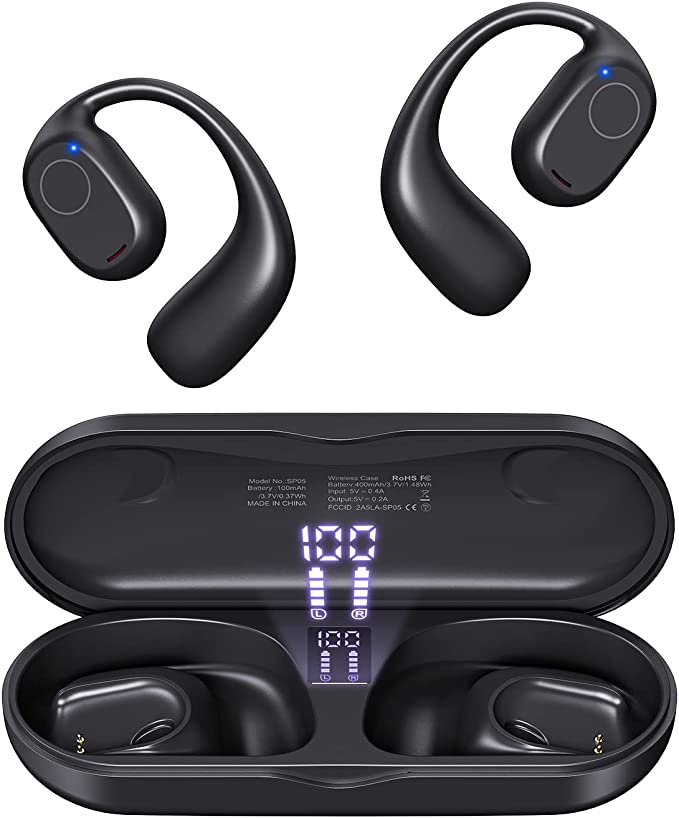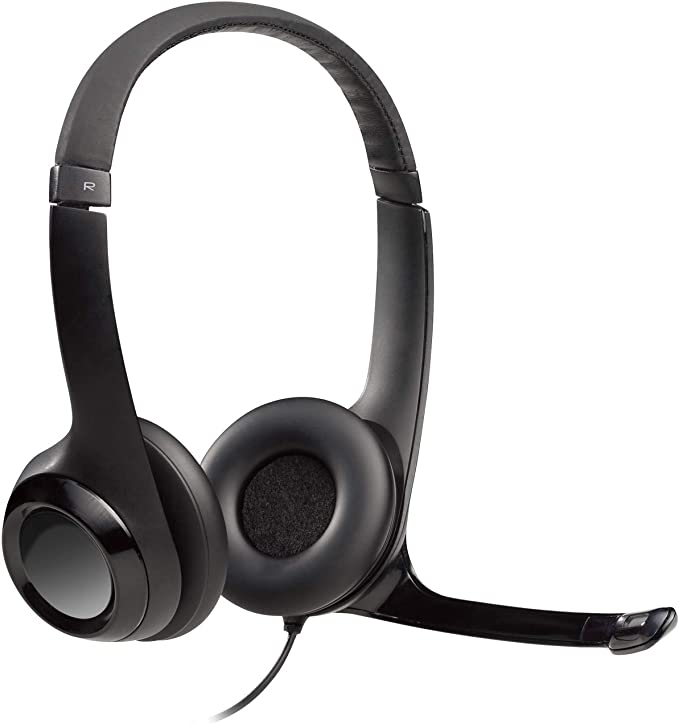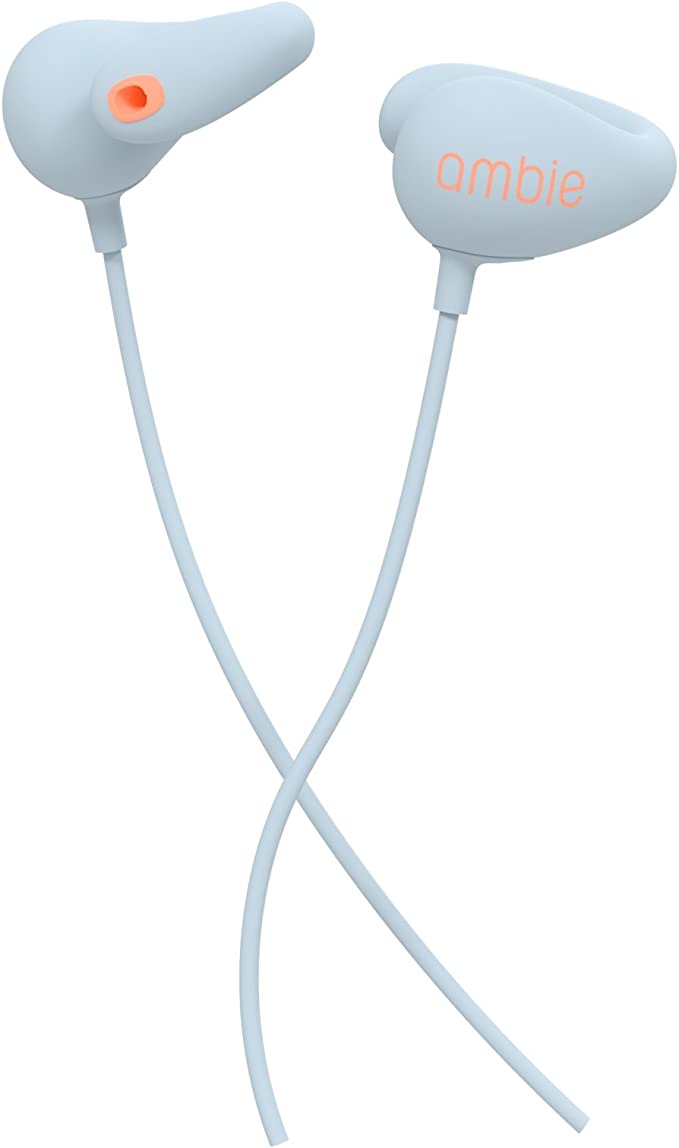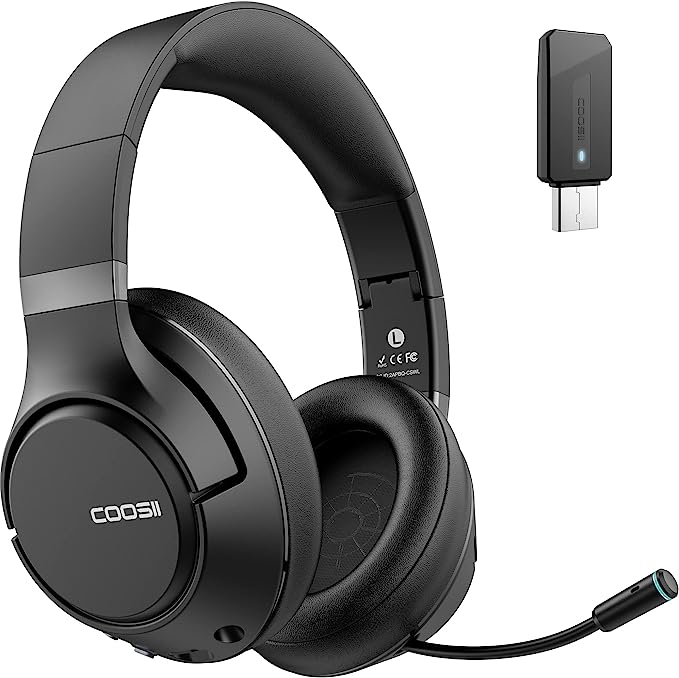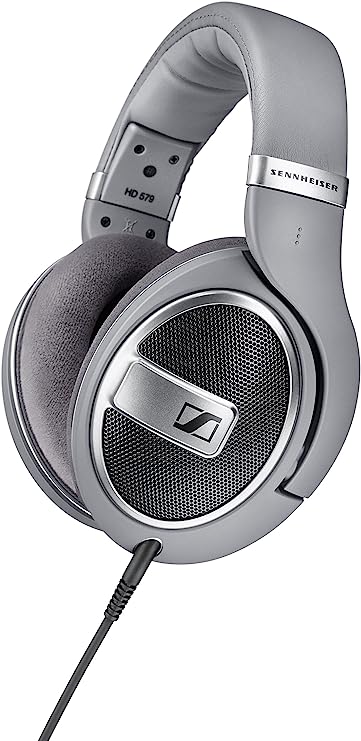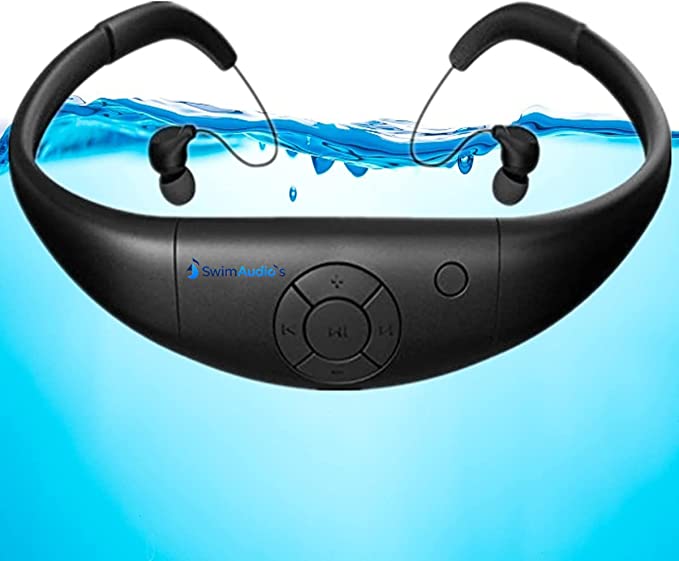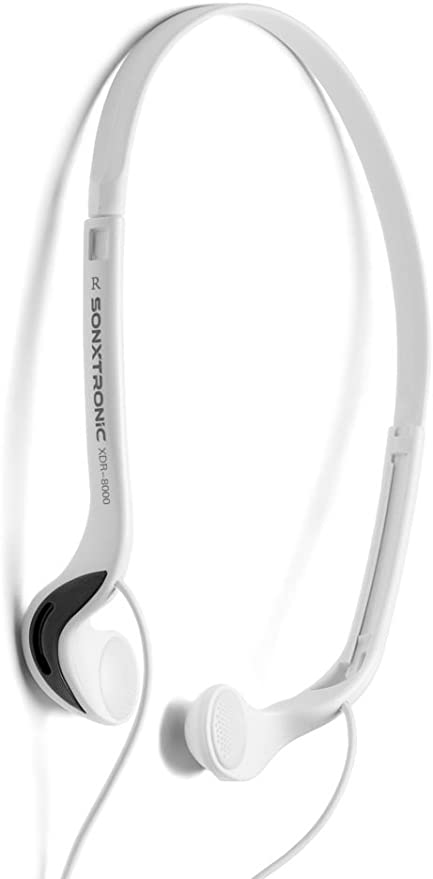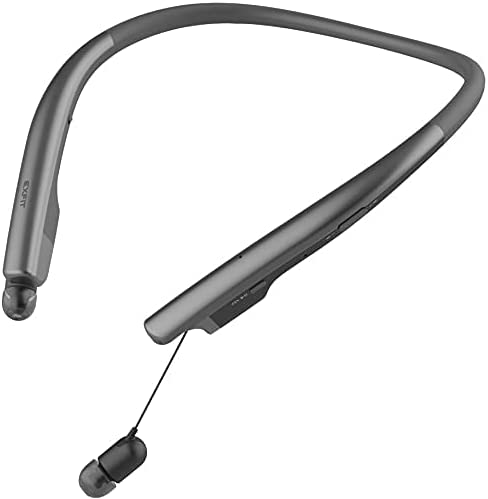The Sound Vault: How a Century of Shure Engineering Forged the Aonic 215 Earphones
Update on July 1, 2025, 10:38 a.m.
Imagine standing on a stage, bathed in a tidal wave of sound. The drums crash like thunder behind you, the roar of the crowd presses in from the front, and the wall of amplifiers beside you is a physical force. In this maelstrom of noise, a musician needs an anchor—a single, pure thread of their own voice or instrument. For decades, they have found it in a discreet piece of technology tucked into their ear. This experience, this ability to find clarity in chaos, is not magic. It is a feat of engineering, honed over generations. And it raises a fascinating question: how do you take a century of professional acoustic heritage and distill it into something that fits in the palm of your hand? The answer lies within the Shure Aonic 215 Tw2.

The Promise Forged in History: A Legacy of Reliability
To understand the Aonic 215, you must first travel back from the concert stage to the battlefield. During World War II, a small company from Chicago, Illinois, became a crucial supplier of microphones for the U.S. armed forces. These devices had to perform flawlessly under the most demanding conditions imaginable. For Shure, this period was not just a manufacturing contract; it was the crucible where its core design philosophy was forged: performance, durability, and above all, reliability.
This almost obsessive focus on dependability, born from a time when equipment failure was not an option, is the direct ancestor of the Aonic 215’s physical form. The robust construction is not merely for aesthetics. The signature over-the-ear hook is more than a design quirk; it’s a principle of ergonomics perfected for musicians who cannot afford an earpiece to slip mid-performance. This military-grade, stage-proven ethos ensures the earphones stay locked in place, providing unmatched stability whether you’re catching a train or pushing through the last mile of a run. It’s a quiet promise of reliability, whispered from history.

Building the Vault of Sound: The Physics of Isolation
The true genius of the Aonic 215, however, lies in its ability to create silence. This isn’t the digitally processed silence of Active Noise Cancellation (ANC), which acts like a sophisticated bouncer ejecting unruly low-frequency sounds. Instead, the Aonic 215 builds you a personal sound vault, relying on the immutable laws of physics.
The walls of this vault are the earpiece housings themselves. Their effectiveness is governed by a fundamental acoustic principle: the Mass Law. In simple terms, the denser and more massive a barrier, the more effectively it blocks sound energy. The high-density polymer of the Aonic 215 acts as a formidable wall against incoming sound waves. This is coupled with the concept of acoustic impedance—the resistance a material presents to the passage of sound. By creating a significant mismatch in impedance between the air and the solid earphone, most sound waves are not absorbed, but reflected away before they ever reach your ear, especially the high-frequency sounds that carry distracting information like chatter and clatter.
But every vault needs a perfectly sealed door. This is the role of the remarkable memory foam sleeves. They are not simple foam pads; they are engineered from viscoelastic polyurethane. When compressed, this material doesn’t just spring back; it flows, expanding slowly and gently to fill every unique, microscopic contour of your ear canal. This creates a near-perfect, airtight seal. It is the combination of these thick “walls” and this flawless “door” that achieves the staggering up to 37 decibels of passive noise reduction. To grasp this, you must understand that the decibel scale is logarithmic; a 30dB reduction represents a 1000-fold decrease in sound intensity. It is the auditory equivalent of stepping from a bustling street into a quiet, wood-paneled library.
Now, inside this profound silence, the treasure can be revealed. The Aonic 215 employs a single dynamic driver for each ear. Its purpose is not to flatter the music with artificial warmth or exaggerated bass, but to act as a faithful custodian of the original audio signal. In the stillness of your personal sound vault, you are finally able to hear the music with startling purity—the subtle decay of a cymbal, the texture of a cello bow on the strings, the breath a singer takes between phrases. It is the sound as the artist and engineer heard it in the studio.
From the Studio to the Street: The Modern Application
This entire engineering philosophy, born on stage and in the studio, finds- a powerful new relevance in the modern world. The musician’s need for isolation becomes the city dweller’s deep desire for a personal oasis. The Aonic 215 seamlessly translates its professional features into solutions for everyday life.
The Environment Mode becomes the key to your sound vault, using external microphones to let you hear the world on command, ensuring safety and convenience without breaking the immersive seal. The IPX4 rating means your vault is weatherproof, secure from the sweat of a hard workout or an unexpected downpour. And perhaps most significantly, the MMCX connectors make the vault future-proof. In an era of disposable electronics, this modularity is a quiet rebellion. It allows you to replace a cable, switch to a wired connection for a long flight, or upgrade components, transforming the earphones from a mere product into a lasting investment. It’s a design that respects both the customer and the planet.

The Unencoded Reality: A Conclusion
So, how do you fit a century of acoustic heritage into your pocket? You do it not by cramming in more features, but by focusing on fundamental principles refined over a lifetime. The Shure Aonic 215 is a vessel, carrying the weight of history in its design and the rigor of science in its function.
In an age of algorithmic playlists, digital filters, and virtual realities, these earphones offer something increasingly precious: an authentic, unencoded experience. They are a reminder that sometimes, the most profound technological achievement is not to add something new, but to expertly take away what is unnecessary—the noise. They don’t just let you hear your music; they build you a fortress of solitude where you can finally feel the unvarnished truth in the sound.
